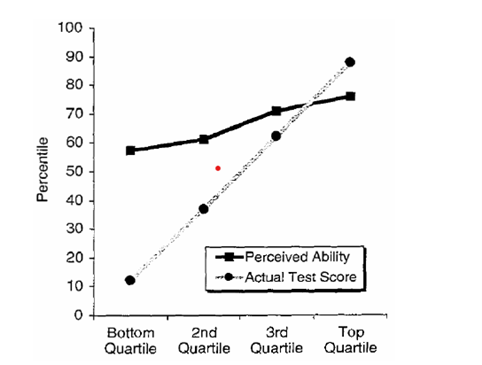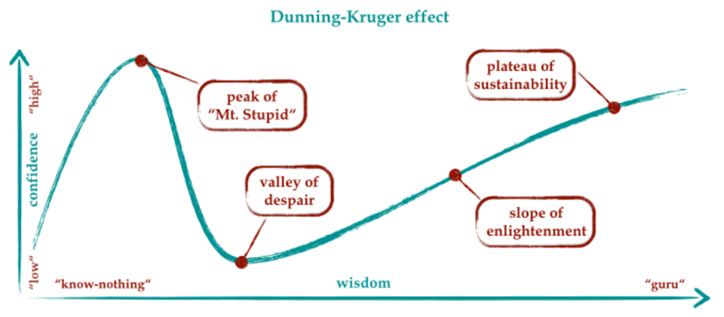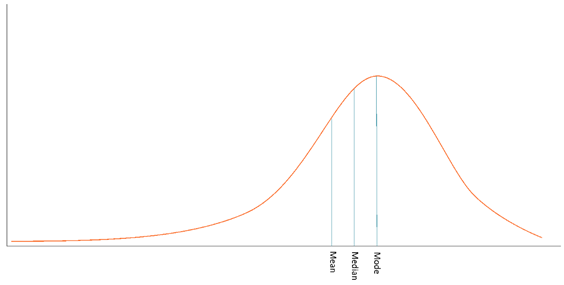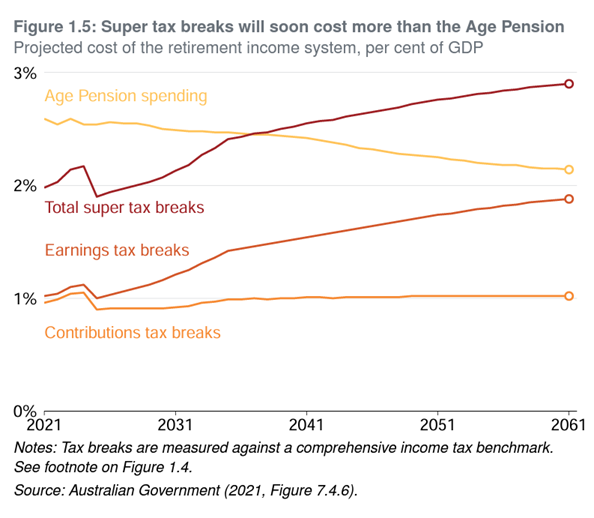To define a hybrid advice model, we need to define the traditional advice model and the digital advice model. The traditional advice model is a client-advisor relationship model where the advisor builds a financial plan upon understanding the client’s financial needs, goals and tolerances. This is done within the onerous regulatory framework with the primary purpose of working in the client’s best interest. Fulfilling the regulatory requirements invariably consumes a lot of time on the part of the advisor and raises the cost base of financial advice.
A digital advice model is a client-platform interface, where the client’s financial goals and tolerances are determined using some form of preset limited format questionnaire before moving the client to several preset solutions (financial products). Hence the majority of digital advice models tend to be product or sector specialists. Digital holistic advisors are rare and those that exist in the Australian regulatory space do not offer product advice, just general advice, to comply with the onerous regulatory framework.
A hybrid model exists in two formats:
Firstly, a demand side model is a tiered client platform interface model, where the platform tries to match the client’s needs to the appropriate channel. If a client’s needs and tolerances are simple and can be solved by the platform, then there is no need to proceed to the extra step. If the platform fails to satisfy the client’s requirements, it could move onto educational DIY digital modules and if that fails to satisfy the client, then a human interface is presented to provide a more detailed and bespoke service.
Secondly, a supply-side model is where the human advisor uses various digital tools to build efficiencies in the advice process. This allows the advisor to play to their inherent strengths of building a relationship with the client while outsourcing the technical and regulatory aspects of the process to the digital tool.
Digital holistic advisors generally target a younger demographic and those who can’t afford to engage a financial planner. While some offer some educational tools, a demand-side hybrid model would serve as a bridge between general and directed advice, where the consumer can choose a price point they are comfortable accepting. While this is not holistic, some advice is better than none.
Most platforms offer siloed advice paired with product offerings. A demand-side hybrid model would serve as an intermediate step for those struggling to understand the product using an educational interface. This can be educational videos, a chat interface with a human or AI. The final step would be moving those struggling to a human interface via a communication platform for a more bespoke service.
The advantage of the demand-side hybrid model is a tiered service that matches the consumer’s financial literacy, confidence, and overall requirements. This allows the level of behavioural coaching to be controlled by the consumer. This seeks to add alpha by better matching the consumer’s needs with the appropriate offering, giving the consumer a more efficient service at a lower price.
On the supply side, if the consumer can be satisfied by a vanilla product offering, then a low-cost digital platform is all that is required. If they need more help, various degrees of a human or AI interface can be introduced, such as educational videos, some form of directed advice, or a chat service. If the consumer decides that they require a bespoke or holistic approach, then a human steps in, with the digital tools at hand, making the advice process as seamless, timely, and cost-effective as possible. Ultimately, the primary value of financial advice is the comfort and well-being factor. A hybrid model matches the client’s changing needs with the appropriate role, whether digital, human or some combination of both. Furthermore, digital tools allow technical and knowledge-based skills to be used by advisors to create efficiencies in the advisory process, thus driving down costs.
Creating a process that hands off from digital to human and all the combinations in between will be a challenge. Furthermore, with AI tools, the advisor has to gain proficiency in using these tools to garner the efficiencies on offer. How best to achieve that proficiency is yet to be determined, is the education route better or the practical route better, or is there some form of both that would be the optimal route?






